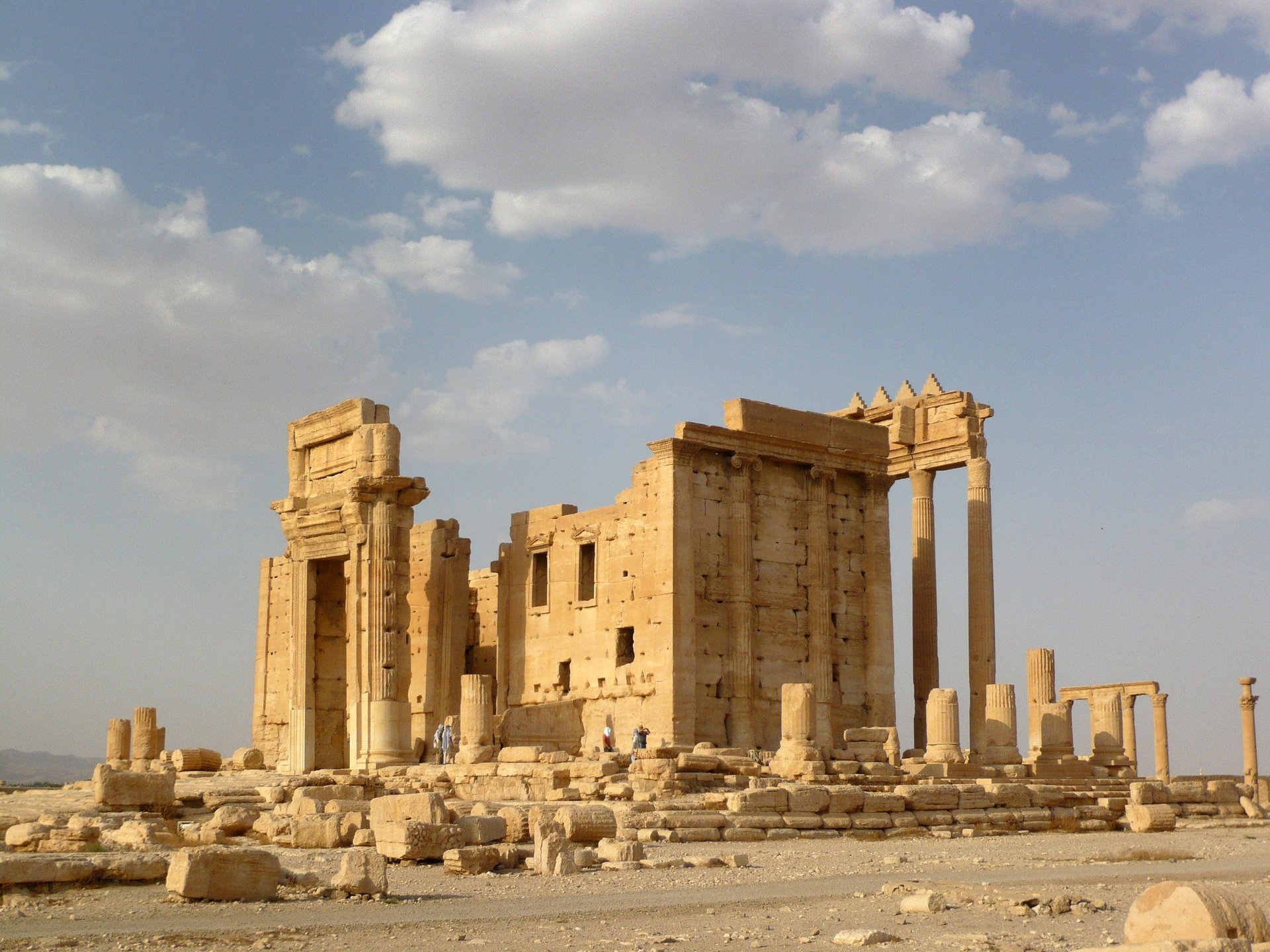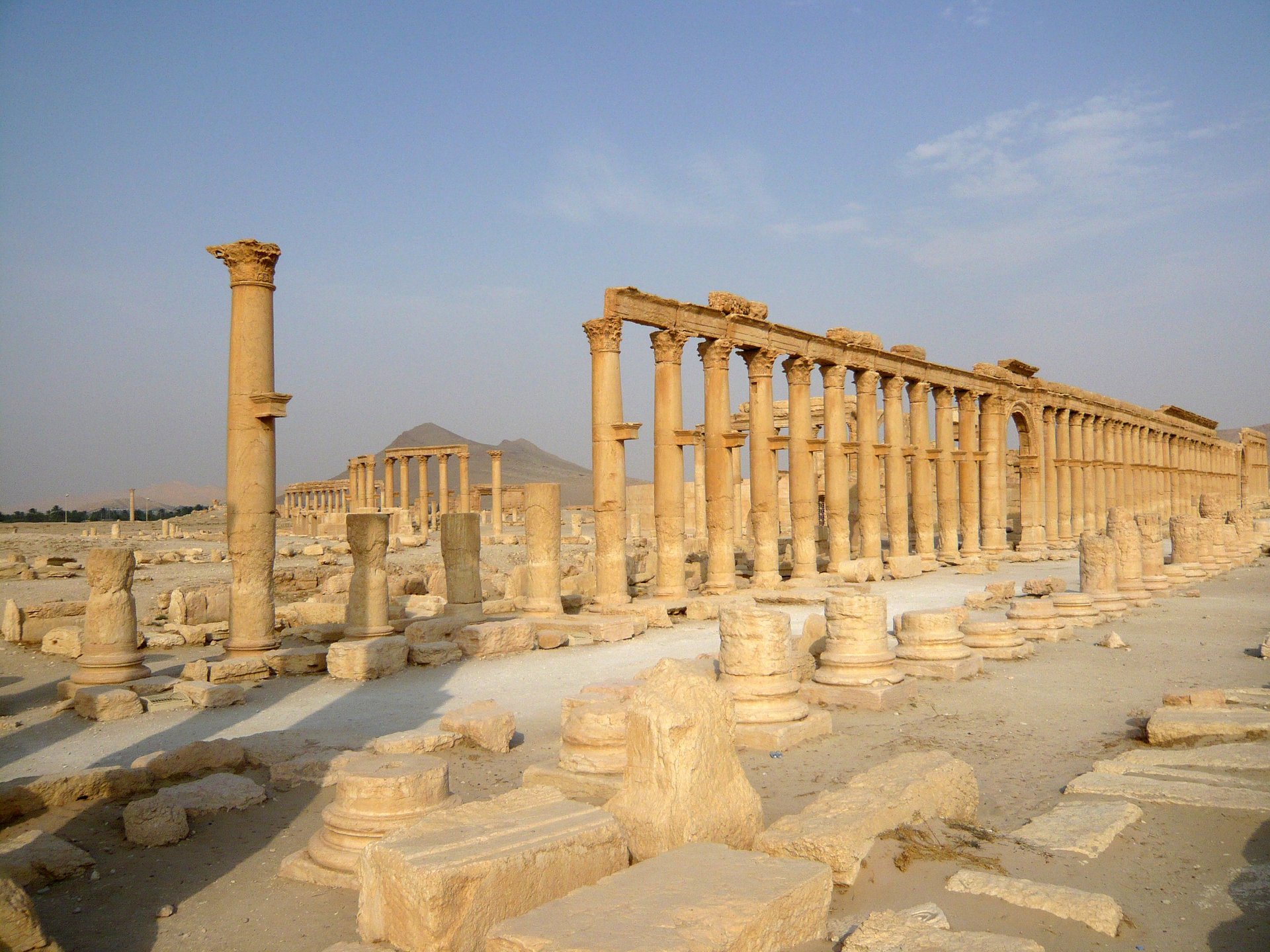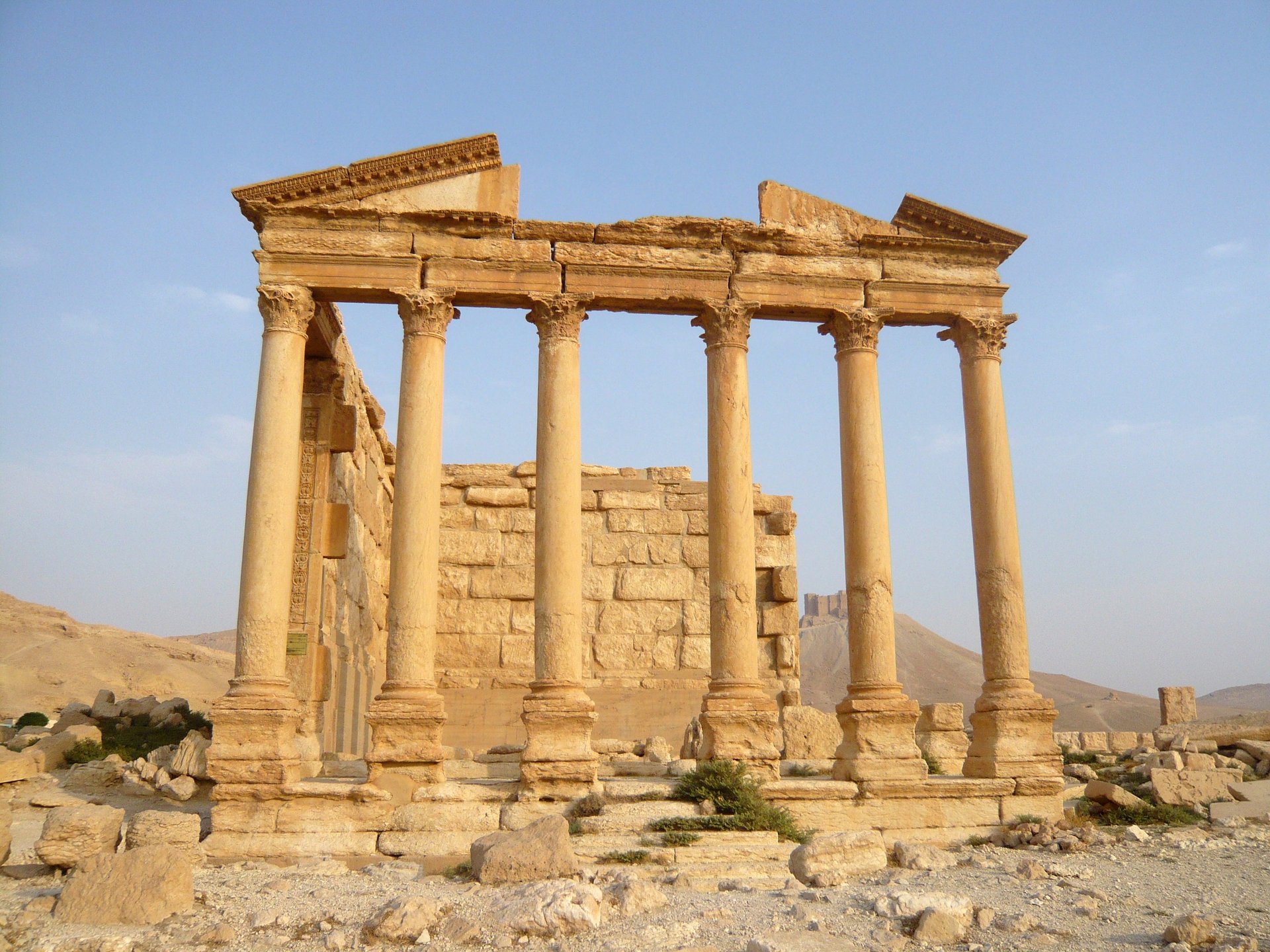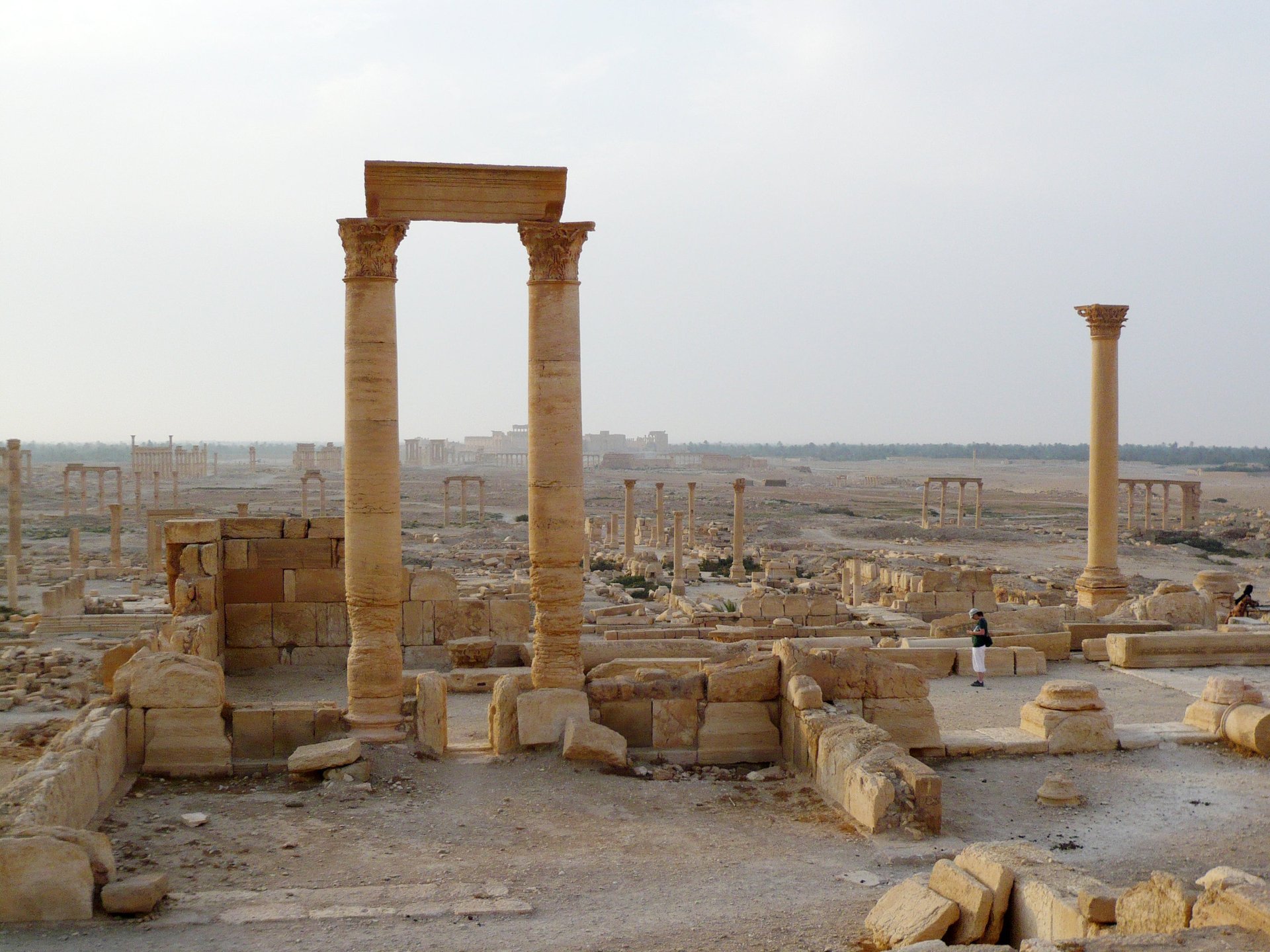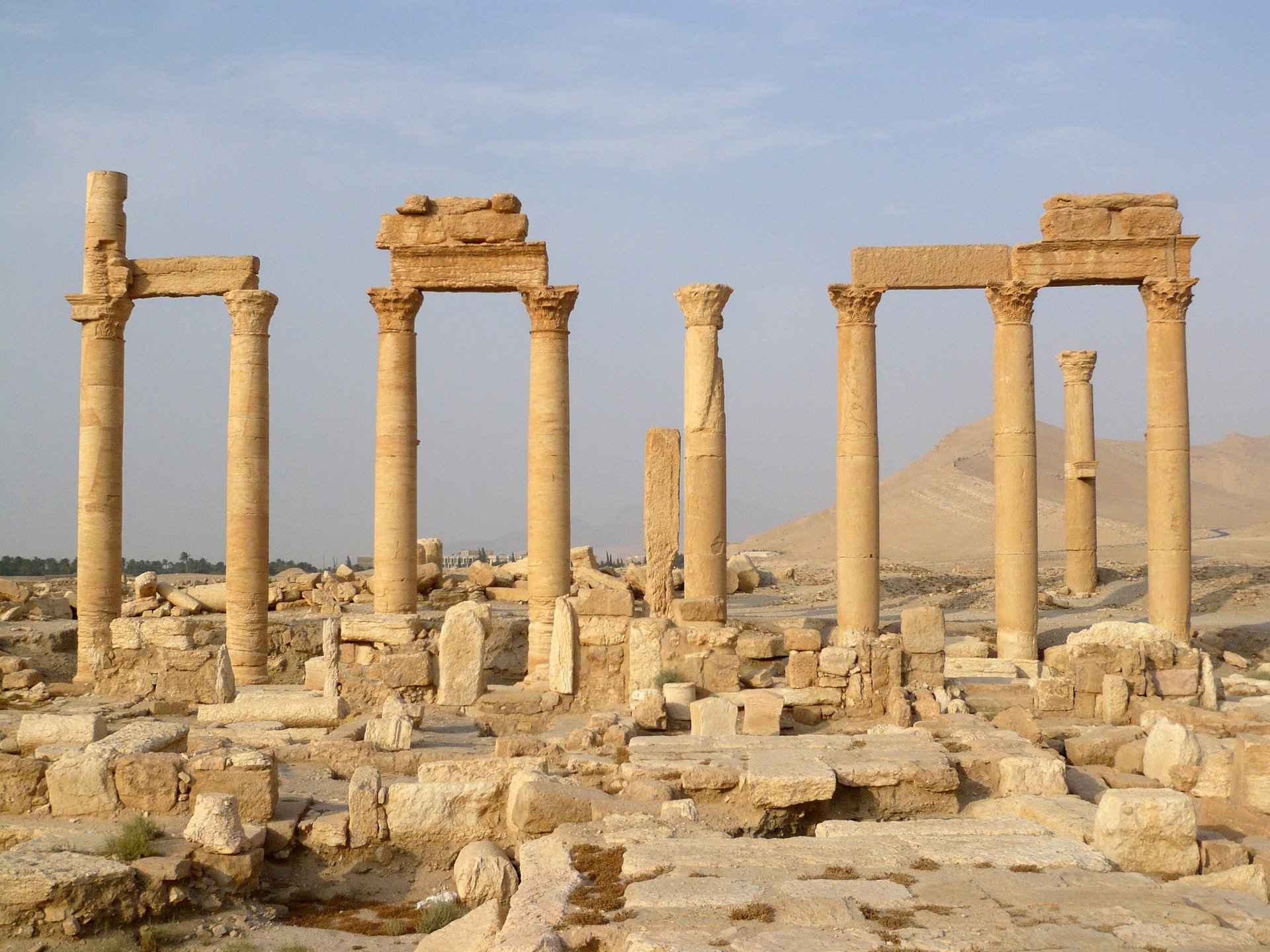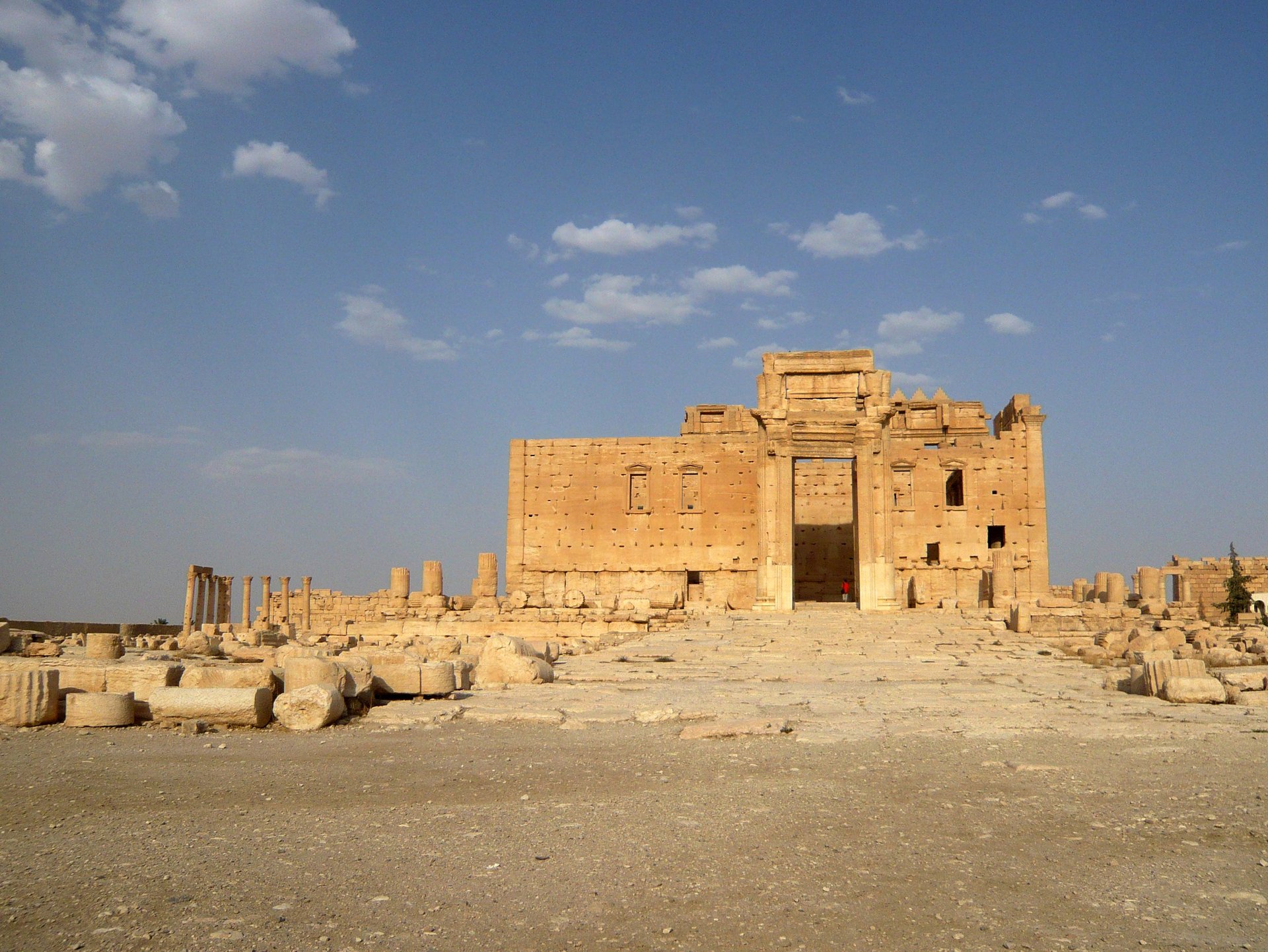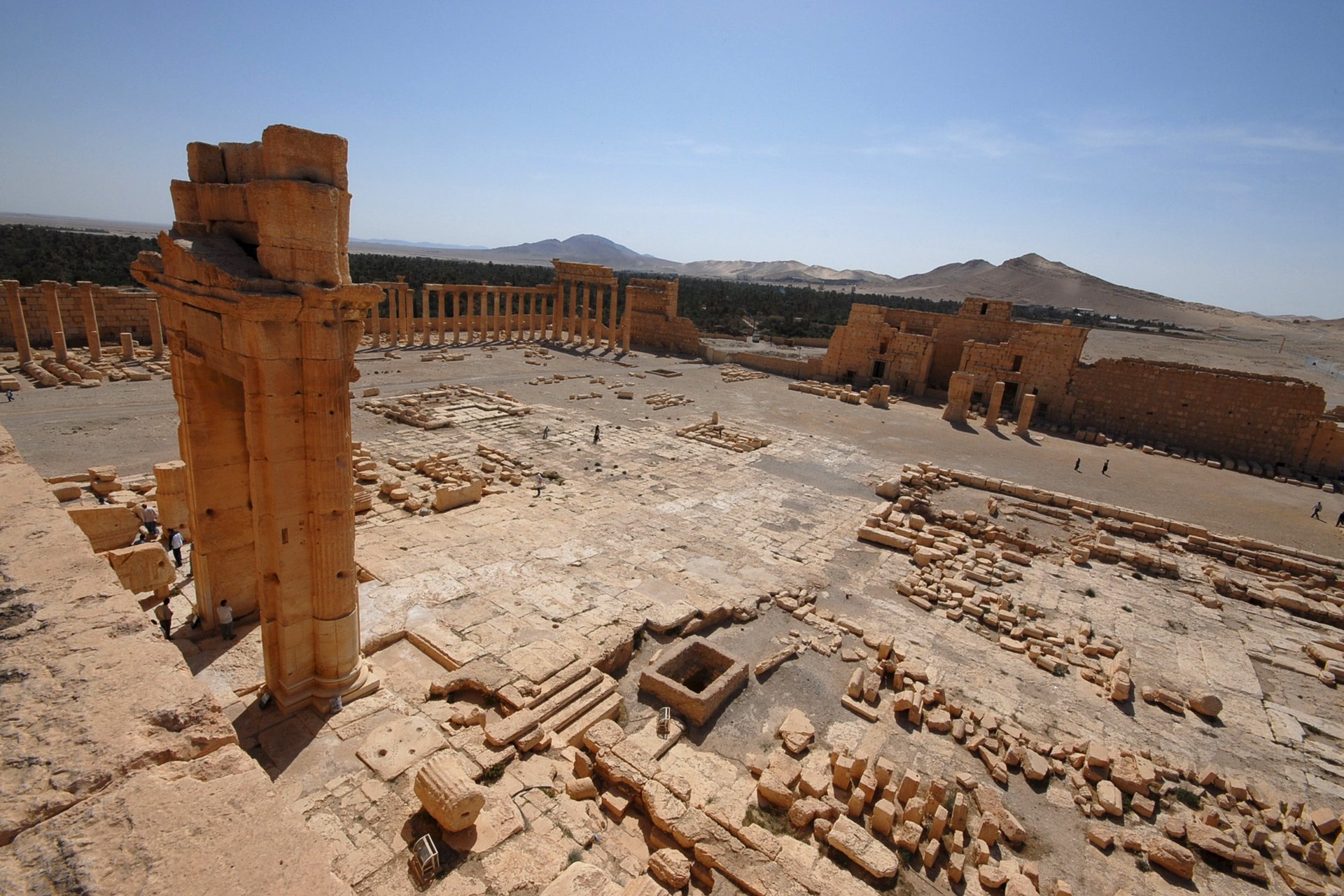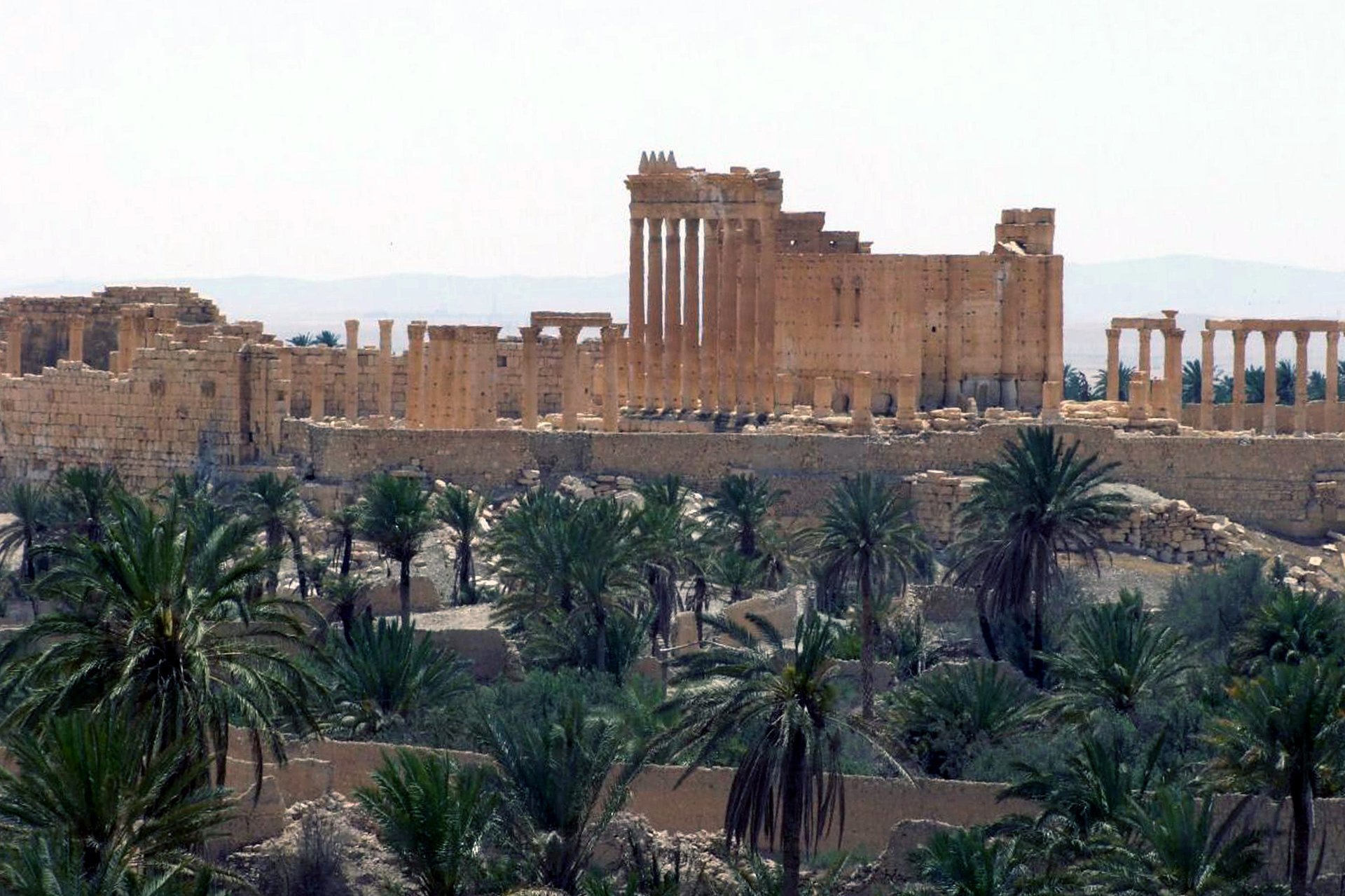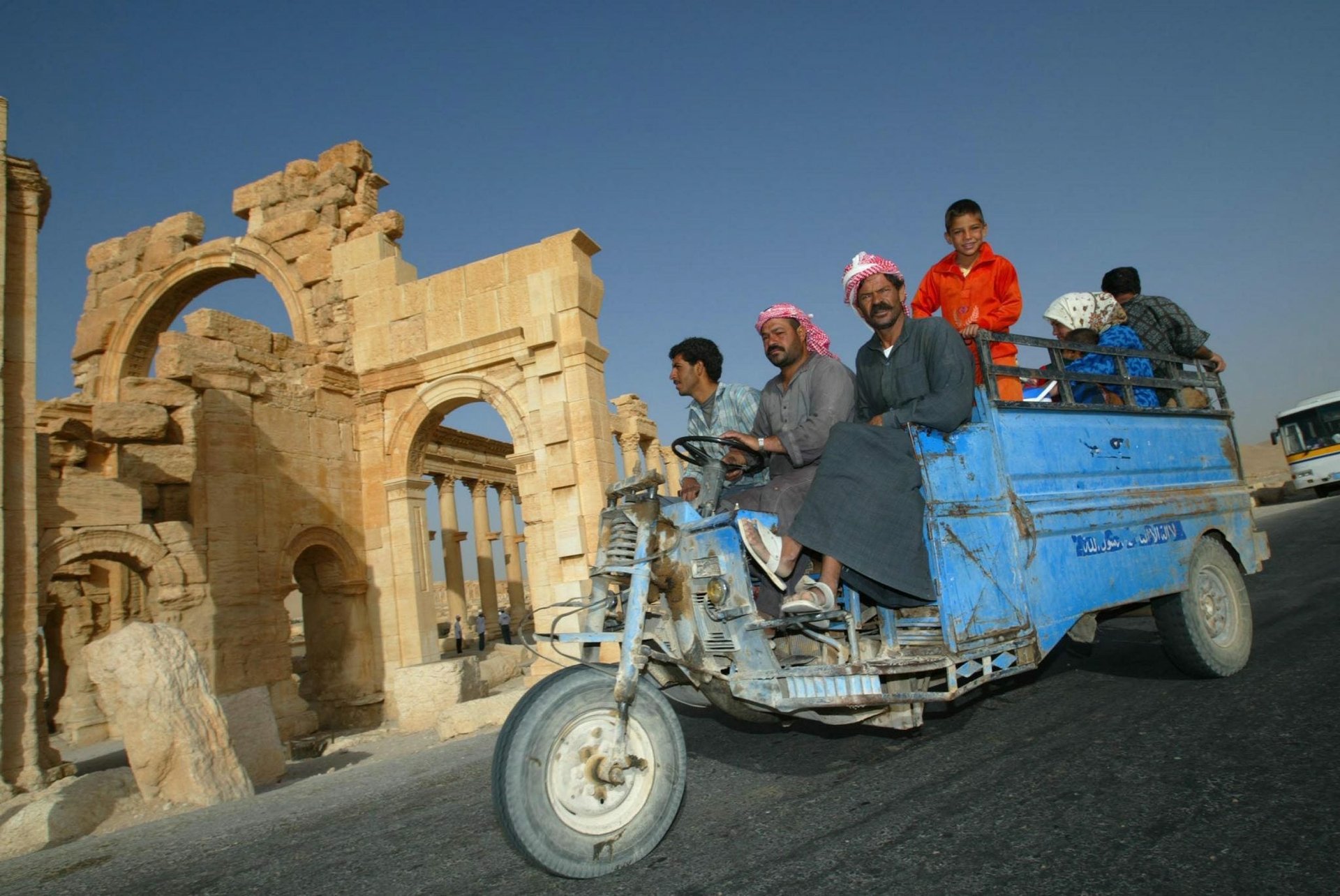Photos: The 2,000-year-old temple you will never get to see because ISIL apparently blew it up
“The city of Palmyra, noble for its situation, the riches of its soil and its pleasant streams, encloses its fields with a vast compass of sands,” wrote Roman philosopher Pliny the Elder in Natural History (in 77 AD). “And as if shut out by nature from all other lands, it is by a peculiar lot between two mighty empires, the Romans and the Parthians, wherein discord is ever the first object on both sides.”
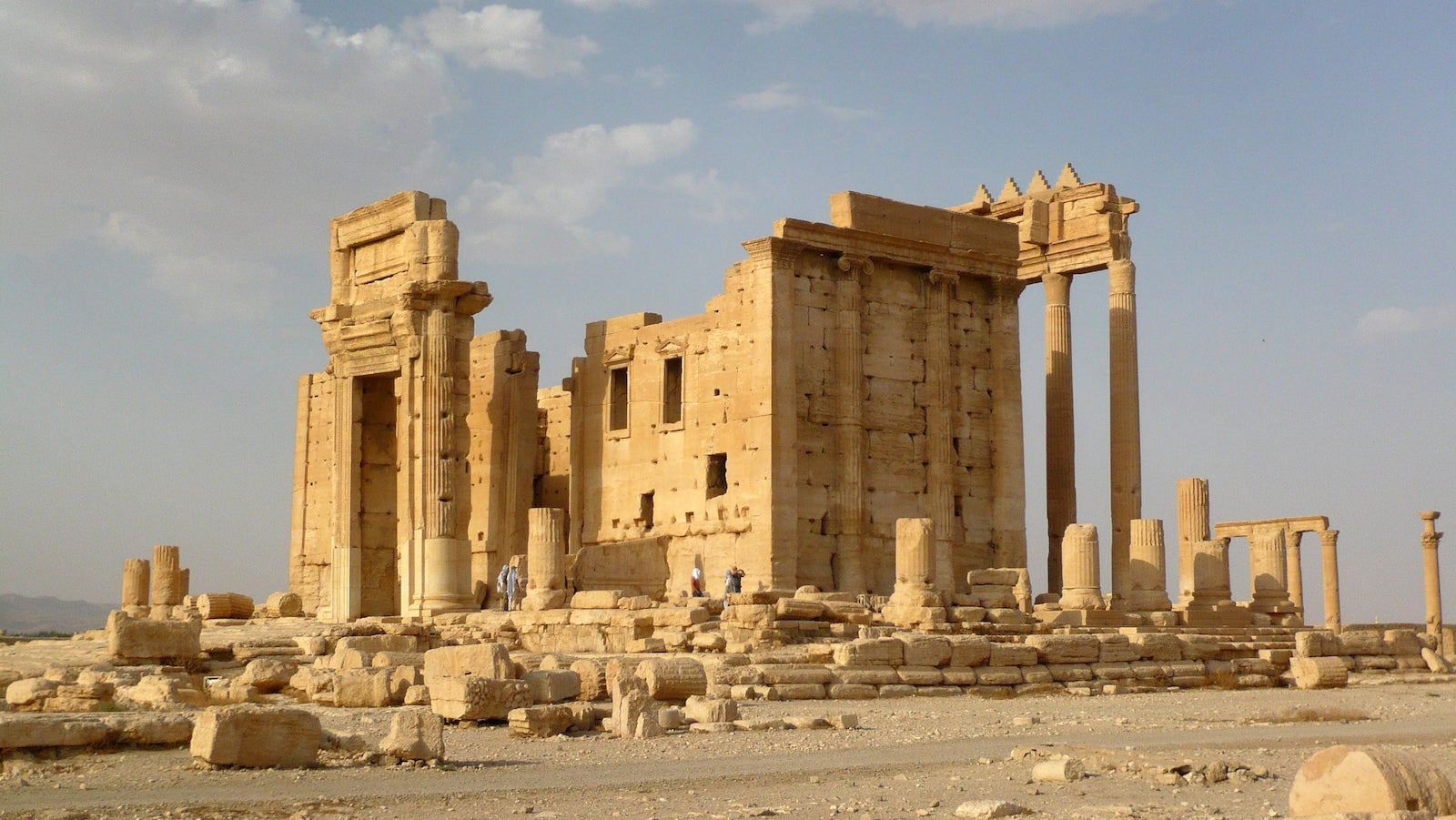

“The city of Palmyra, noble for its situation, the riches of its soil and its pleasant streams, encloses its fields with a vast compass of sands,” wrote Roman philosopher Pliny the Elder in Natural History (in 77 AD). “And as if shut out by nature from all other lands, it is by a peculiar lot between two mighty empires, the Romans and the Parthians, wherein discord is ever the first object on both sides.”
That cultural discord remains in Palmyra, today. New satellite images reveal that the ancient Syrian city’s iconic Temple of Bel has been blasted to rubble by terror group ISIL.
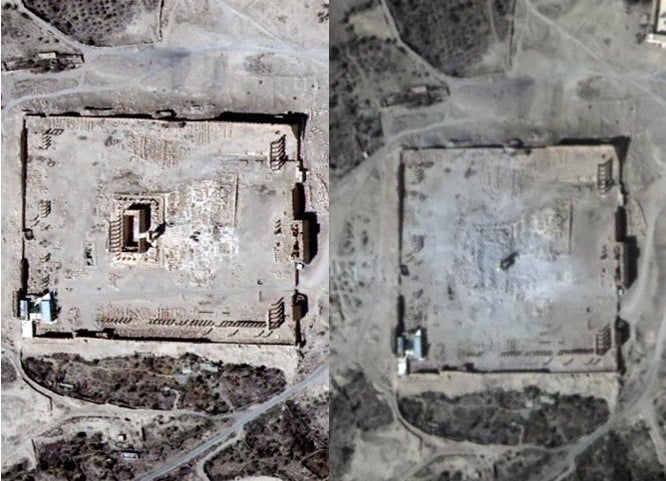
Constructed in 32 AD, the once-splendid Temple of Bel was nearly 2000 years old. It was “one of the most important religious buildings of the 1st century AD in the East and of unique design,” according to UNESCO, which lists Palmyra as a World Heritage site.
Just weeks ago, on Aug. 19, ISIL was reported to have publicly murdered Khaled al-Asaad, an 81-year-old archaeologist who had worked to preserve Palmyra’s antiquities for decades.
ISIL often justifies its claims to vandalism—including the destruction of nearby Baalshamin temple—as part of a purge of idolatrous relics. Smaller historical artifacts claimed to have been pillaged by ISIL have also been sold on the black market to unscrupulous collectors, apparently to fund the self-declared caliphate’s activities.
Palmyra’s ruins were once so beautiful that, according to legend, they inspired 17th- and 18th-century Western travelers to revive classical architecture in the West. Very soon, there may be nothing left to see. For a look at Palmyra before the ravaging of the historic site, see the photos below, or tour UNESCO’s photo gallery here.
